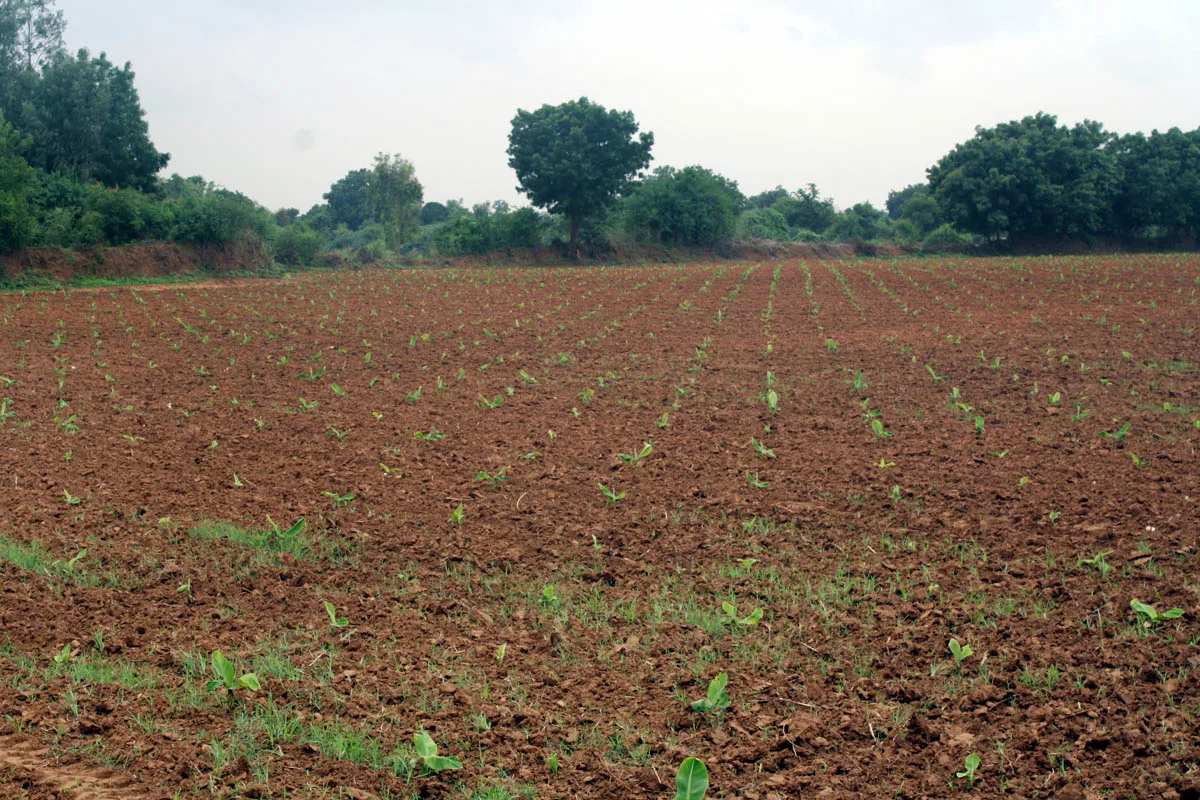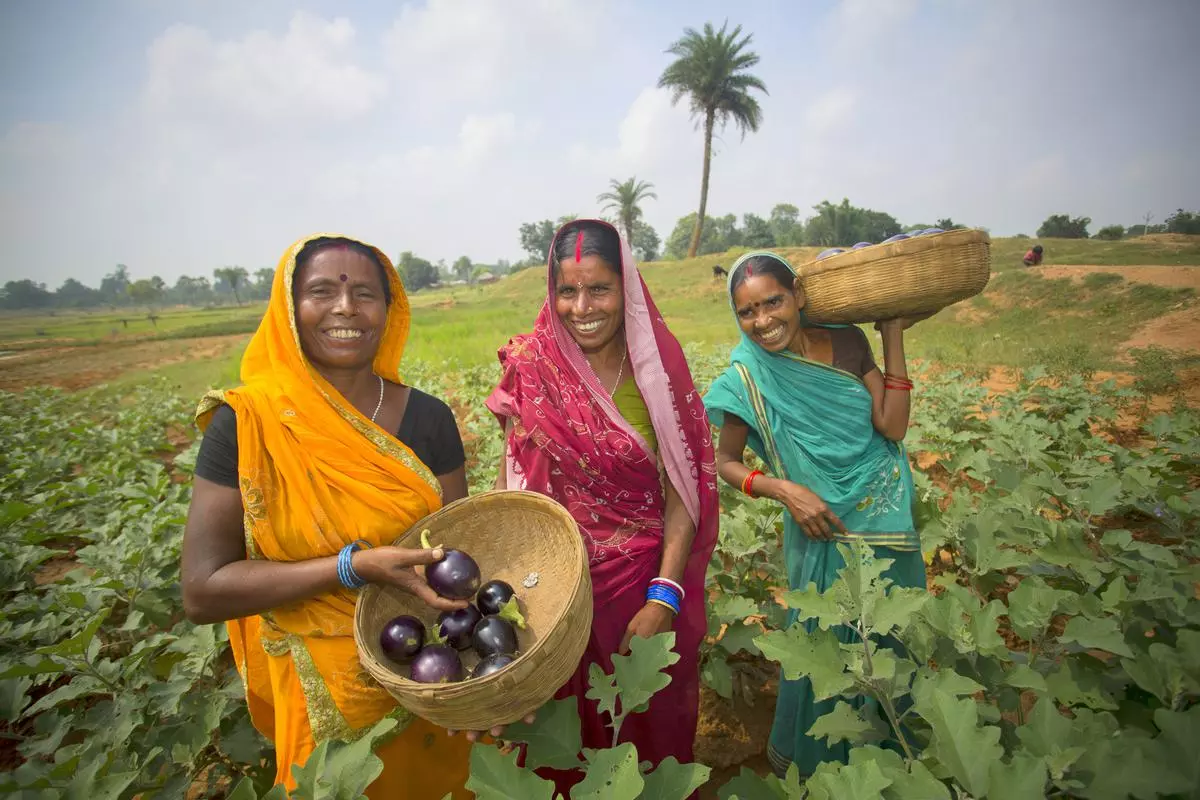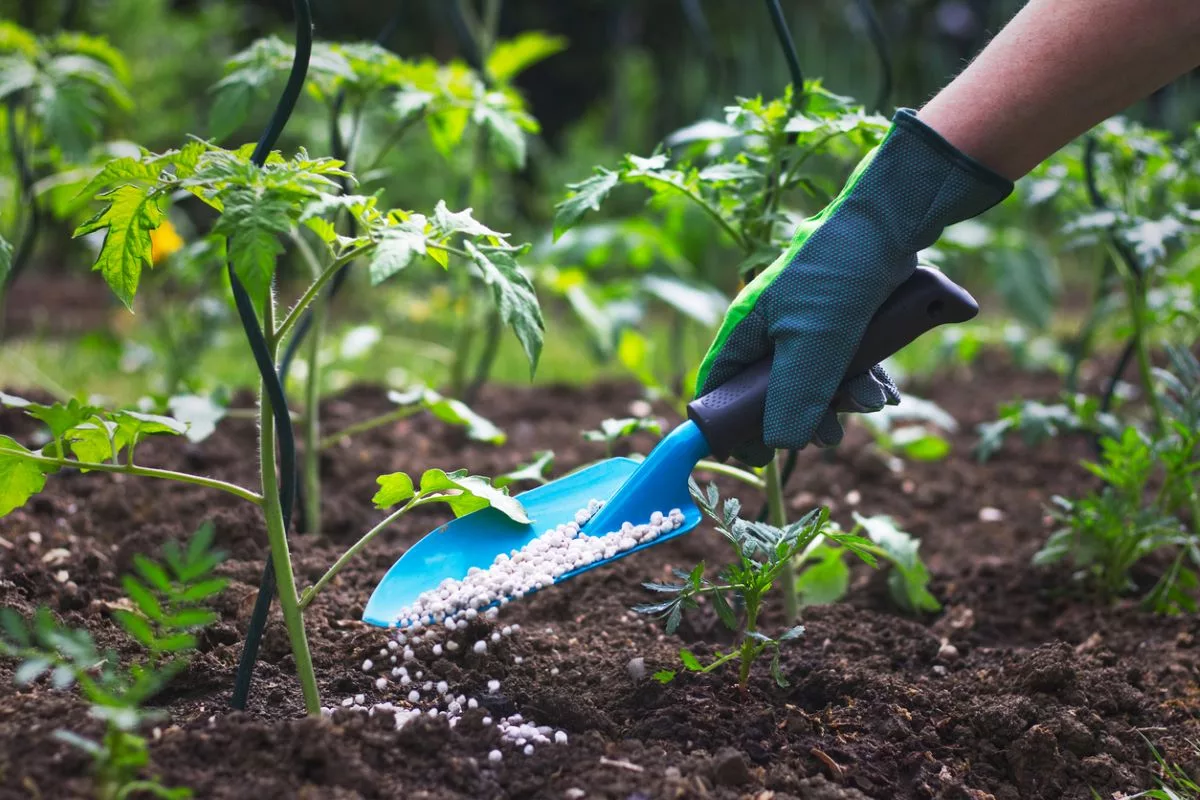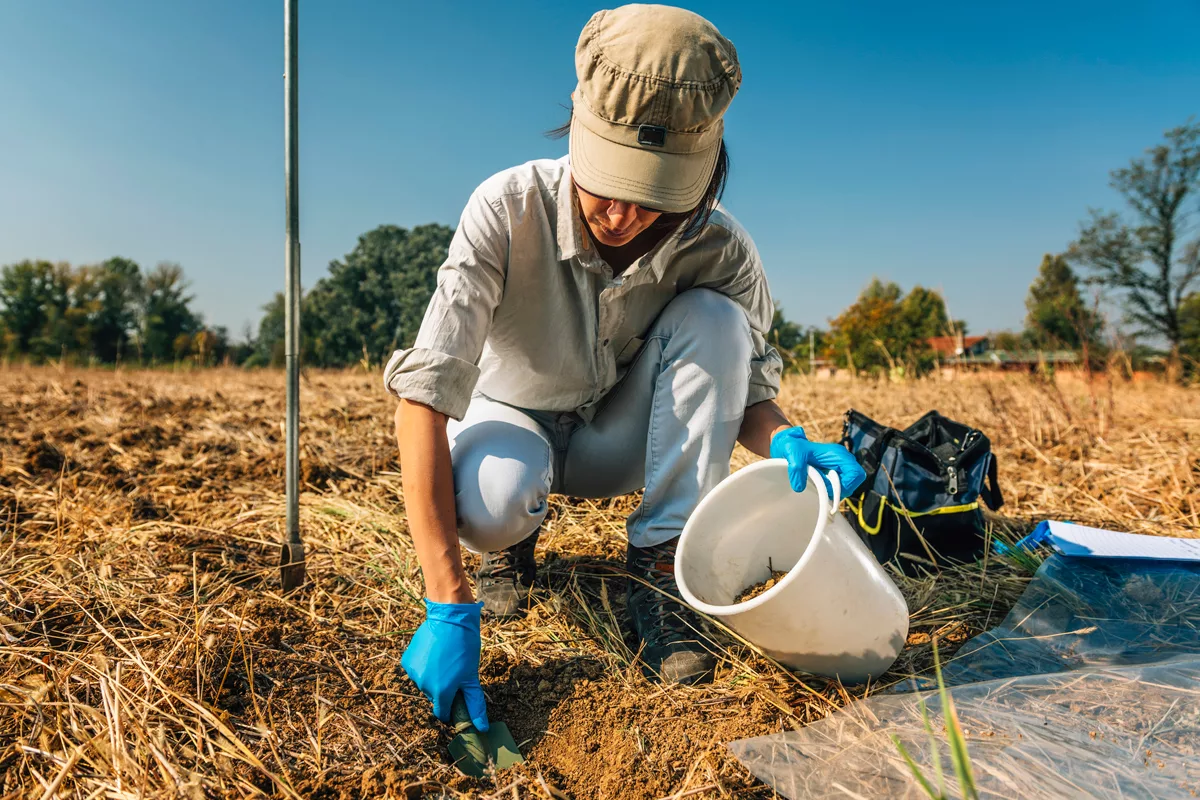India’s Weather Blues: The Need For Organic Farming
Over the past few weeks, India has been hit with hailstorms, untimely rain, and gusty winds, making farming difficult.

India’s Weather Blues: The Need For Organic Farming
The Rabi harvests have been damaged in Maharashtra, Rajasthan, Madhya Pradesh, Uttar Pradesh, etc. There was, however, a heat wave before the rain and hailstorms, which mainly affected onion farmers in Maharashtra. This resulted in a drop in price and a reduction in the quality of the onion.
Heat troubles affected mustard production in Rajasthan as well. Most of the mustard harvest in North India was completed before the end of February, which is rare.
Early fruit trees are sprouting in Kashmir and Himachal, and faster snow is melting this year. Meanwhile, Kerala experienced 54 degrees Celsius heat index. Madhya Pradesh has especially suffered due to the rain and hail after the heat wave.
The worst-affected farmers in MP were wheat farmers, which prompted the Chief Minister to promise to cover climate-related damage through crop insurance.
Besides the Punjab and Haryana regions, MP is also a major wheat producer, and India relied on MP to replenish our strategic wheat reserves this year. The plans go differently from the program, however.
With the current weather, the Agriculture Minister in six states has launched ‘Digiclaim’ to allow farmers to register claims and receive Direct Benefit Transfers (DBTs) through their mobile phones. It’s not one strange year out in 2023, but a symptom of an agroclimatic shift.
We will only reach stability and predictability in the upcoming phase for a short time. Tradition has it that the transitory period might last till 2027, if not longer.
A safety net must be created to avert farm risks and ensure farmers are economically protected. This can harm agriculture productivity and deeply impact farmers’ livelihoods.
Interventions can be made both short-term and long-term to accomplish this. A self-registration portal may be helpful.
In addition, farmers and cultivars receiving government subsidies and DBTs will have their registrations automatically processed. Incentives can be offered to the remaining ones so that they can register.
The government will be one step closer to finding a solution when it has an approximate number of farmers and cultivars that may be affected by climate-related risks.
When the registry is created, the Government of India should adopt it and, if necessary, take on the financial burden themselves and obtain crop insurance for vulnerable farmers and farmers in weak areas.
According to the climate events forecast, beneficiaries and regions can change. Farmers should be covered under crop insurance schemes in the ideal world. Crop insurance schemes can also be improved by covering climate-related damages.
The process of assessing and settling claims needs to be improved. Nevertheless, it is a separate issue. It is essential to include all farmers exposed to climate-related risks in the scheme from the standpoint of climate risk.
The Centre should support states even if they cannot shoulder the financial burden. Because the agriculture ministry had returned about Rs 44,000 crore to the government, it was especially significant.
Some of these resources are sufficient to protect the most vulnerable areas. For farmers affected by Digiclaim to get some assistance, the program should be expanded to all states.
Farmers’ disaster relief funds, backed by the government, could be a way to relieve climate relief exigencies. Taking a look at agriculture, we need to start with seeds.
The change of seasons makes it necessary to deliver to the farmers newer seeds that can survive the vagaries of the climate, either through a public or private seed network.
Cultivar diversity in India is still under harvested due to its abundance. To avoid droughts and floods, seed should be planted that is drought- and flood-resistant.
All regions need to receive government seed recommendations and advisories. A district’s agricultural officers could coordinate this effort, making it easy to accomplish. Our fields need genetic diversity to escape the genetic bottlenecks of a few varieties.
District seed plans should be ready to provide seeds for resowing if extreme conditions cause seed losses. A healthy stock of each must be maintained to maintain a healthy supply of early, middle, and late varieties.
Genetic diversity can now be quickly built on an individual farm level, which can help farmers build climate resilience at a low cost. There must be a balance between intercropping and intensive multi-cropping.
Ideally, farmers should grow 3-4 crops per season, using as wide varieties of crops as possible within each one. This step will ensure that the farmers will retain all their harvests if a few crops or sub-varieties get sick, and the nutrients per acre will stay the same.
It was announced in the previous budget that seed-breeding villages would be created. This program may help in the fight against climate change if it is well implemented.
Climate-resilient seeds can be produced cheaply via local seed breeding programs, making them accessible to regionally grown and farming communities.
A government-backed program of crop bonuses and public procurement would assist farmers in escaping paddy-wheat monocultures. India artificially subsidises paddy production, an industry that consumes vast amounts of water and emits high emissions.
It is vital to decrease greenhouse gas (GHG) emissions from agriculture and allow the land to heal since India has surpluses in the first place. Millets, pulses, oilseeds, and plantations are simple ways to regain this balance while saving our forex reserves for subsidised edible oil and fertilisers.
Climate-resilient crops and tree plantations also assist in ecosystem restoration. With the changing climate, crops are also at risk of being attacked by new pests. In paddy regions, we have already witnessed stem borer attacks and the emergence of new suckling pests attacking a variety of crops.
Plant protection scientists, including the Agriculture Department, should be aware and have additional protocols and early warning systems. The farmers in their region also need to be mindful of their region’s vulnerability in advance.
A gallon of pesticides would be wasted if pest breeding cycles began, resulting in diseases and crop loss. The government should also investigate weather forecasting.
Despite its nascent status, the technology could have easily prevented climate-related agricultural losses in the past few years. There’s no point in relying exclusively on it.
A significant amount of independent research is necessary, but meanwhile, the government needs to send weather alerts to farmers’ mobile phones.
Many farmers complain that they never get weather notifications because they don’t receive them. Registered individuals receive extreme weather alerts via mobile phones if they sign up voluntarily.
A warning would be helpful to mitigate damages or at least provide farmers with a heads-up. Kashmir’s fruit-growing areas are now being affected by hailstorms.
Farmers could save a lot of Kashmiri apples, cherries, plums, etc., if they were alerted to hail events. Last but not least, organic farming is needed in India. Agricultural communities can build resilience this way and be climate-proofed in the long run.






